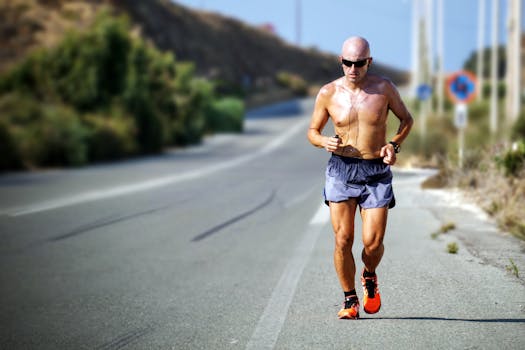
Introduction
Minimalist shoes have become increasingly popular among runners seeking a more natural running experience. But like any training choice, running in minimalist shoes has both benefits and drawbacks. In this post, we'll explore the pros and cons of minimalist shoes to help you decide if they're right for you.
Pros of Minimalist Shoes
- Improved Foot Strength: Minimalist shoes encourage your feet to work harder, potentially strengthening foot and lower leg muscles.
- Natural Running Form: With less cushioning and support, these shoes promote a forefoot or midfoot strike, which can lead to improved running form.
- Lighter Weight: Minimalist shoes are generally lighter than traditional running shoes, reducing overall fatigue on longer runs.
- Better Ground Feel: The thin soles of minimalist shoes allow you to feel ground textures and surfaces, increasing proprioception and foot awareness.
Cons of Minimalist Shoes
- Increased Injury Risk: Transitioning too quickly can lead to injuries such as stress fractures, shin splints, or plantar fasciitis due to less cushioning and support.
- Reduced Protection: Minimalist shoes offer limited protection against sharp objects, rocks, and hard surfaces, potentially leading to discomfort or injury.
- Longer Adaptation Period: It can take weeks or even months for your muscles and tendons to adapt to minimalist footwear.
- Not Suitable for Everyone: Runners with specific foot issues like overpronation or previous injuries may find minimalist shoes uncomfortable or inappropriate.
Conclusion
Minimalist shoes can be a valuable tool for some runners, offering benefits like improved muscle strength and a more natural running gait. However, they also come with potential risks, especially if not transitioned to properly. If you're considering making the switch, do so gradually and listen to your body to ensure a safe and enjoyable experience.
Comments
Post a Comment